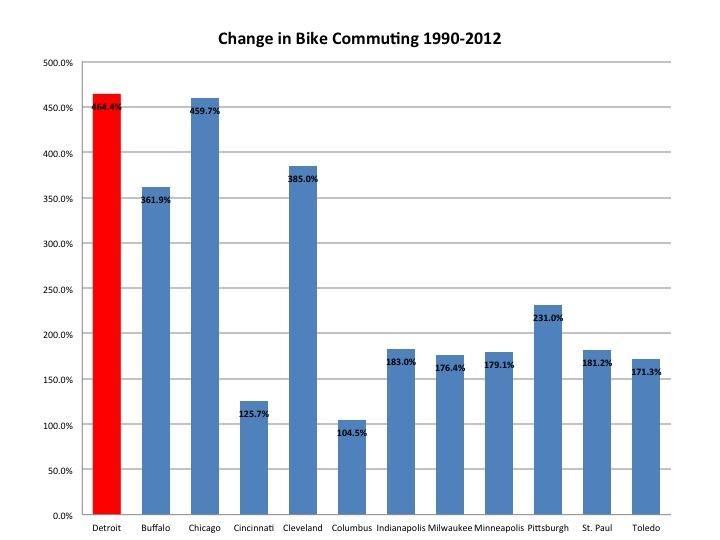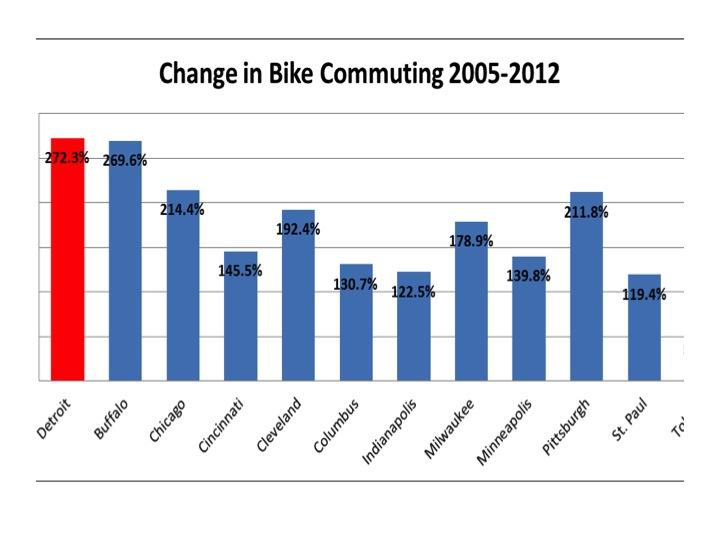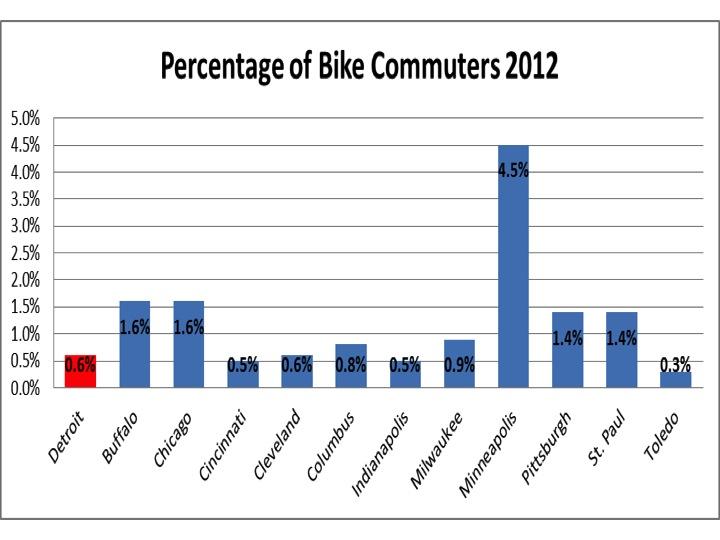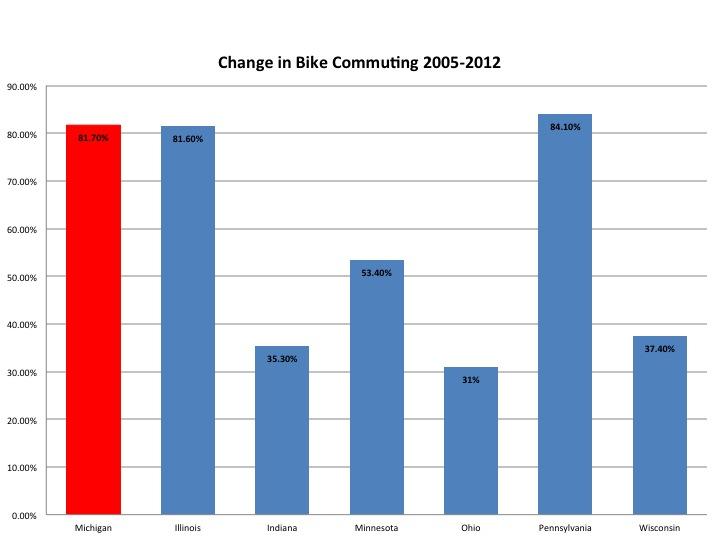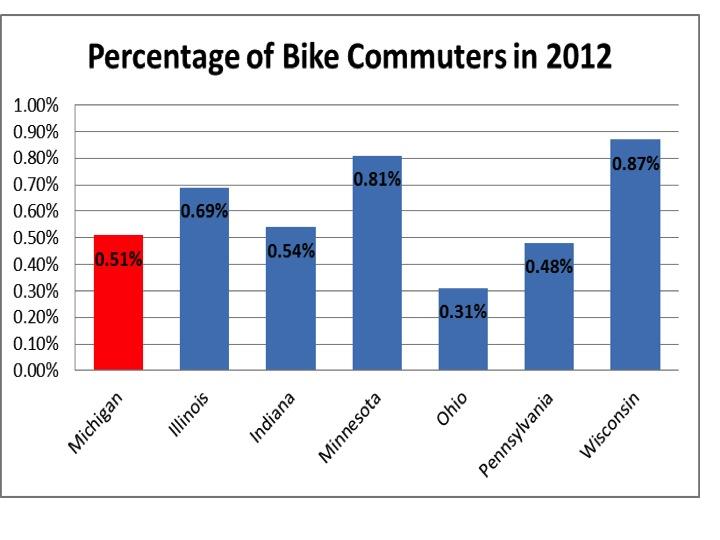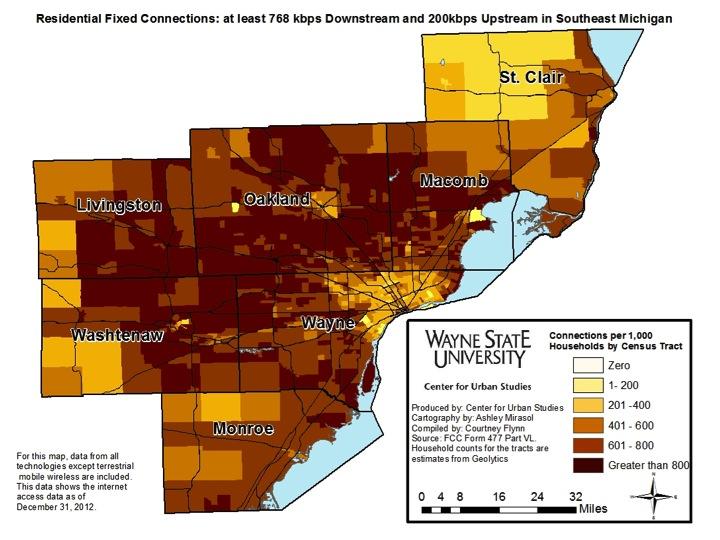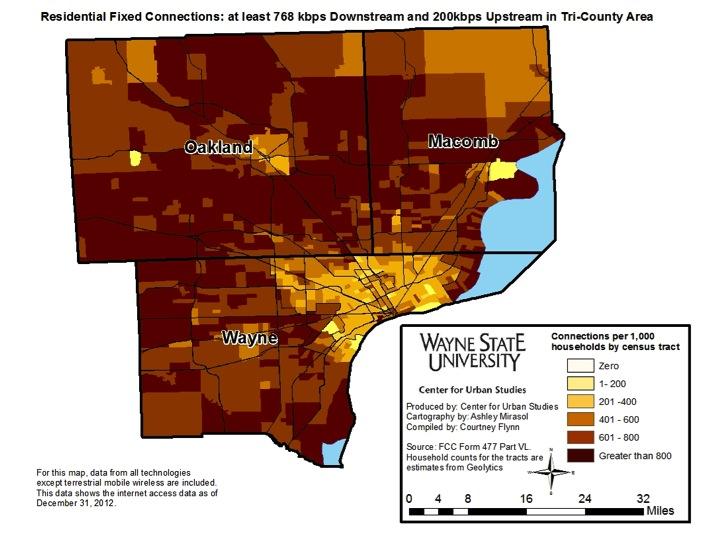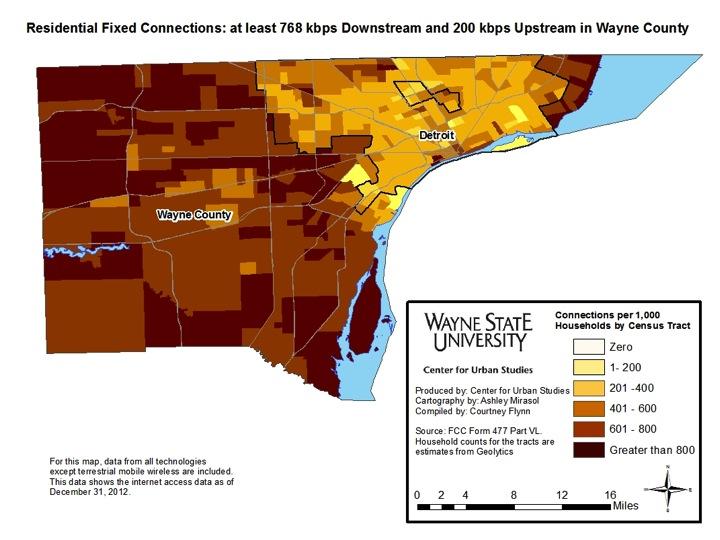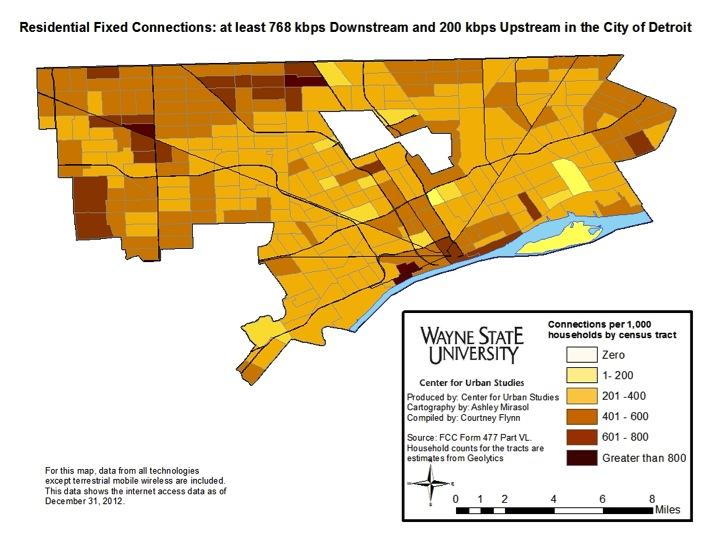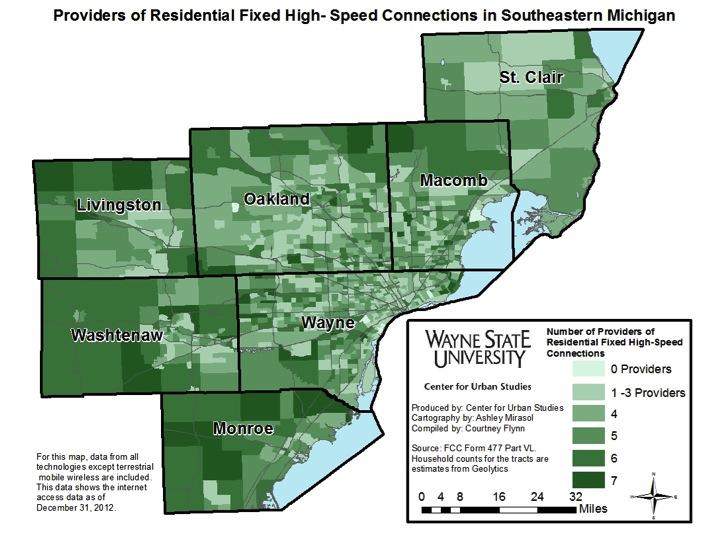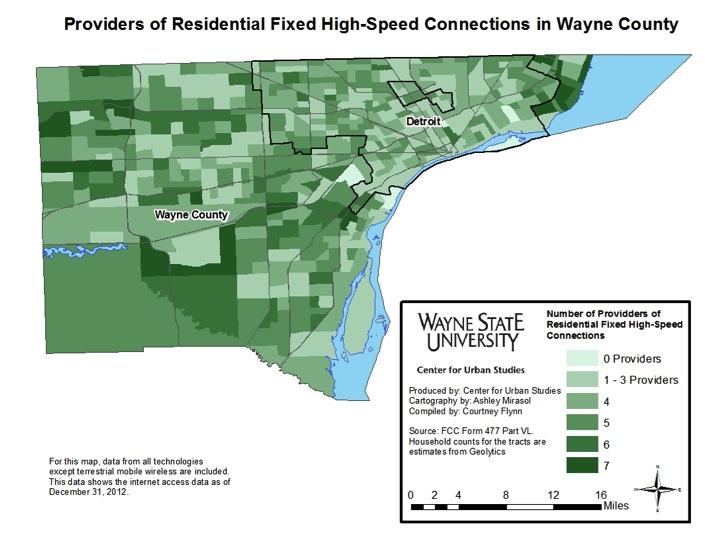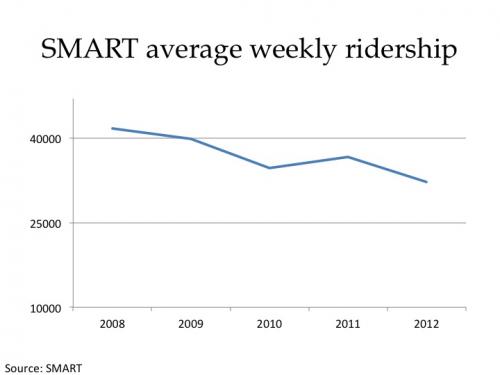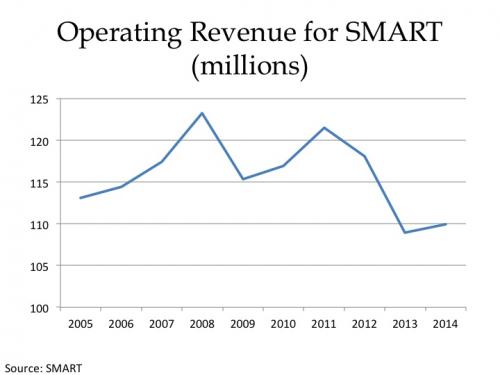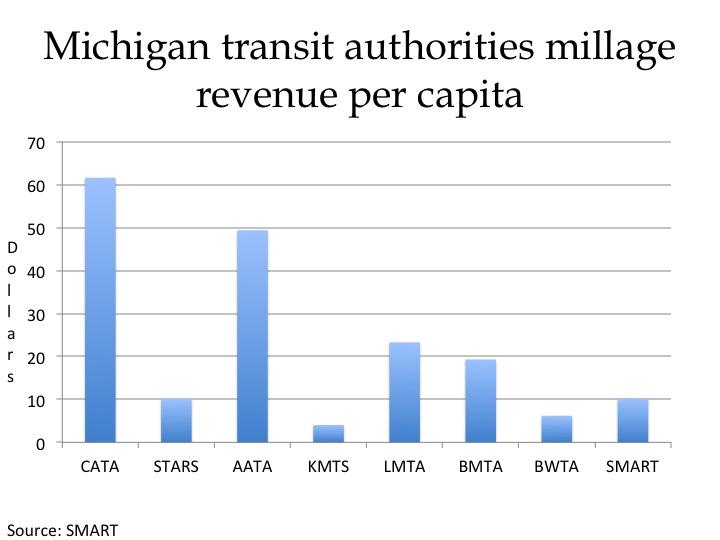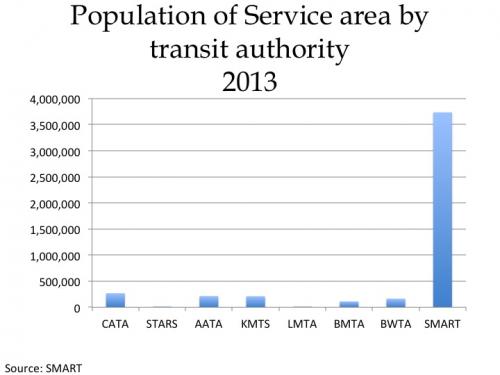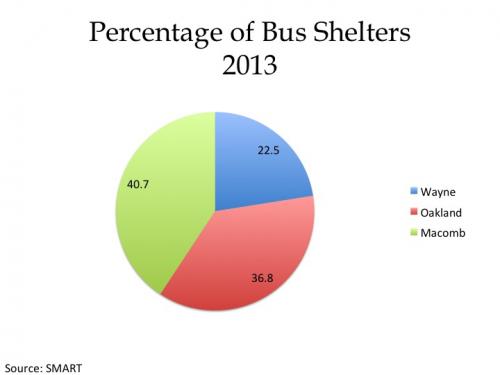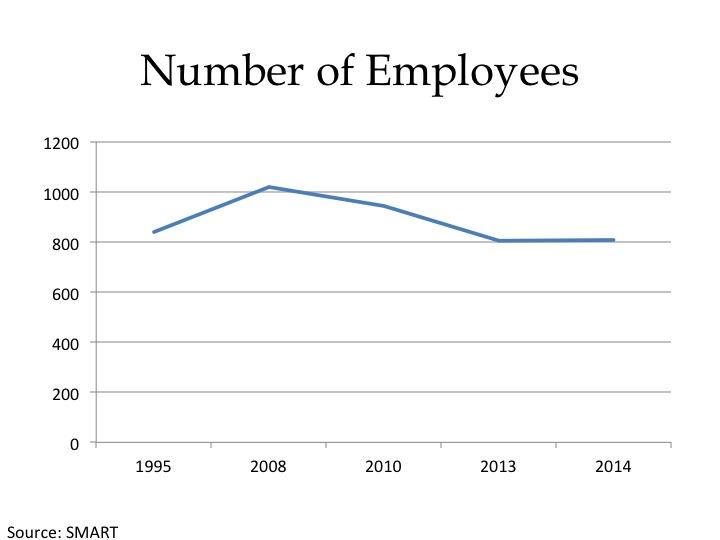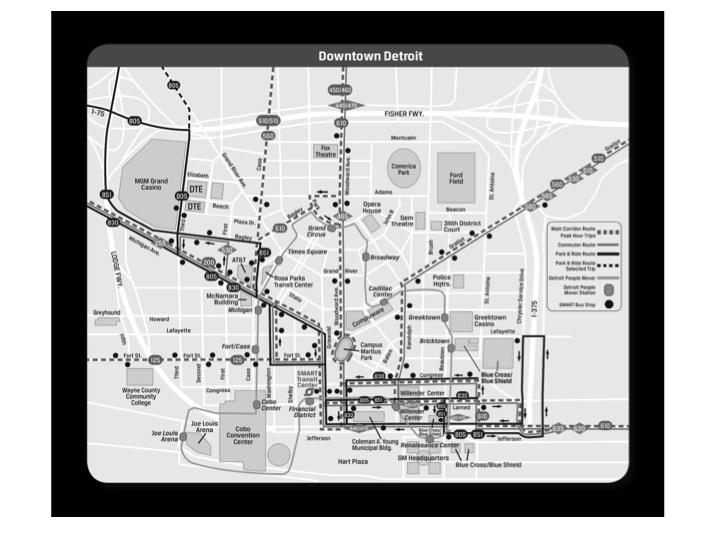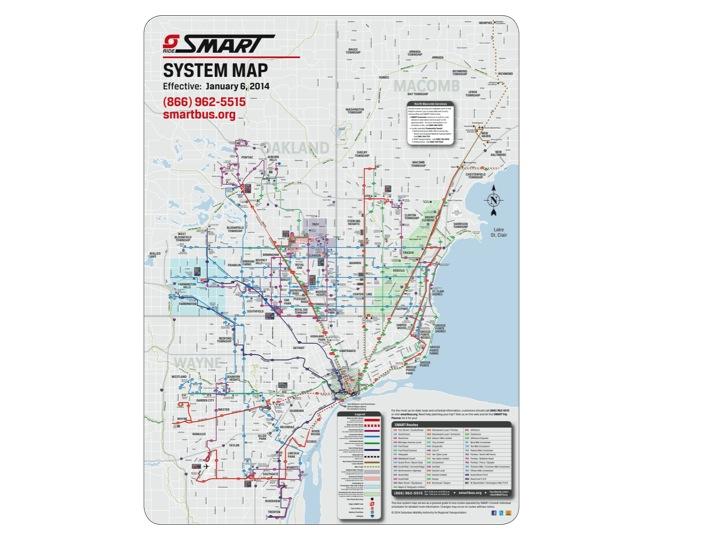
The map above is provided to give readers a perspective on the hydraulic system that makes up the Great Lakes, which are a focus of this post. The information provided in the above map by Indiana University is the historical long-term averages and record highs and lows for the each of the hydraulic systems in the Great Lakes basin. Lake Michigan and Lake Huron are grouped as one throughout this post as they are hydraulically the same body of water. Also, it must be kept in mind that Lake Superior is the largest and deepest of the lakes followed by Lake Michigan/Huron, Lake St. Clair, Lake Erie, and then Lake Ontario.

Information provided by the Canadian Coast Guard shows that the number of cargo trips made on the Detroit River and Lake St. Clair has decreased since 2006 (the Canadian Coast Guard could only provide information from 2005 to 2012). After a significant drop in 2009, the number of cargo vessel transits increased in 2010 and 2011;there was a slight decrease in 2012. While there is evidence the number of vessel trips being made has experienced an overall decrease since 2005, the Canadian Coast Guard does not track the weight of cargo on the vessels, said Canadian Coast Guard Regional Program Specialist John North.
There were 8,420 trips made in 2005 compared to 6,350 made in 2012. The numbers for each year do not include trips made by passenger vessel ferries, Coast Guard vessels, Navy vessels, vessels used for dredging and tug boats.
While lower water levels do cause cargo ships to have to carry lighter loads, Glen Nekvasil, vice president of the Lake Carriers’ Association, a trade association based out of Rocky River, Ohio, said the decrease is likely associated to the economy. He said the number of cargo trips wouldn’t increase if vessels had to carry lighter loads because vessels can only make a certain number of trips a year because of weather and speed. Cargo ships typically haul materials from March to December and already operate at their top speed, he said.

The St. Lawrence Seaway is made up of locks, canals and channels that allow vessels to travel from the Atlantic Ocean to the Great Lakes, and vice versa. These vessels can travel as far inland as the western end of Lake Superior.
The above chart shows the total number of vessel transits, both those coming into the Great Lakes or exiting them, on the St. Lawrence Seaway System between 1993 and 2012. In 2009, there was a drop in the total number of transits made; that number was recorded at 3,631. By 2012, though, that number increased to 4,083 vessel transits. The vessels included in data from the St. Lawrence Seaway include cargo vessels, government based vessels carrying cargo and tug boats.

In 2009, the tonnage of limestone carried throughout the Great Lakes reached a low of 23,504,132; this declining trend began in 2007. There was an increase in the amount of limestone carried between 2009 and 2011, followed by a slight decrease between 2011 and 2012. In 2012, 27,147,231 tons of limestone were transported on the Great Lakes.
According to Nekvasil, limestone is the most common type of cargo carried on vessels in the Great Lakes. It is quarried in Michigan, Ontario and Ohio and transported throughout the Great Lakes and the St. Lawrence Seaway.

The tonnage of iron ore cargo carried throughout the Great Lakes also reached a low in 2009 at 32,552,016 tons compared to 61,136,841 tons in 2008. Beginning in 2010, the number of tons transported increased; in 2012, 61,599,321 tons were carried.
Iron ore is mined in northern Minnesota, the Upper Peninsula of Michigan, in northern Quebec and western Labrador in the Great Lakes region.

While there was a significant decrease in the tonnage of coal carried on the Great Lakes from 2008 to 2009, it was in 2012 when the smallest annual load of coal, for the timeframe examined, was carried. According to the Lake Carriers’ Association, there was 25,347,709 tons of coal carried in 2012. Except for a slight increase between 2009 and 2010, there has been a steady drop-off in the tonnage carried since 2008.
Coal transported on the Great Lakes is mined in several locations including Montana, Wyoming, West Virginia and Pennsylvania.

Beginning in 2004, the amount of cement carried on the Great Lakes began to decrease. In 2009 it then hit an all-time low, for the period examined, of 4,016,999 tons. Since then, the amount of cement carried has remained consistent. In 2011, 4,019,675 tons of cement cargo were carried.
Cement carried on the Great Lakes is produced in several locations in Michigan and Ontario.
Data for 2012 was not available.

Unlike the other types of cargo examined in this post, during the period observed, 2009 was the peak year for the amount of salt carried on the Great Lakes. In 2009, 12,611,308 tons of salt were transported; that number decreased in 2010 to 8,940,502 tons. There was a slight increase in tonnage carried in 2011 where 10,879,102 tons of salt were transported.
From 2000 to 2009 there was an overall increasing trend in the amount of salt transported on the Great Lakes.
Salt is mined throughout the Great Lakes region including Ontario, Michigan and Ohio.
Data for 2012 was not available.

The above chart shows the current water levels of the Great Lakes and Lake St. Clair, which is the largest delta in the hydraulic system, along with their record highs and lows in May. While none of the bodies of water are currently below the record low levels, four of the five hydraulic systems that make up the Great Lakes are near such levels.
For Lake Superior, the record low for the month of May was 182.76 meters and current levels reported by the U.S. Army Corps of Engineers are at 183.09 meters.
For the Lake Michigan/Lake Huron hydraulic body of water, 175.93 meters was the record low for May and current water levels were recorded at 175.93.
The record low for Lake St. Clair in May was 174.42 meters and current conditions were recoded at 174.82 meters.
For Lake Erie, the lowest recorded water level in May was 173.44 meters and current conditions were recorded at 174.09 meters.
Lake Ontario has the largest gap from the record low water level for the month of May and the current recorded level. The record low was recorded at 73.08 meters and current conditions were recorded at 74.88 meters.
Depending on the size of the vessel and the type of cargo being carried, 50 to 270 tons of cargo may need to come off the boat for every inch of draft exposed on the ship because of the decreased water levels, according to Nekvasil.
